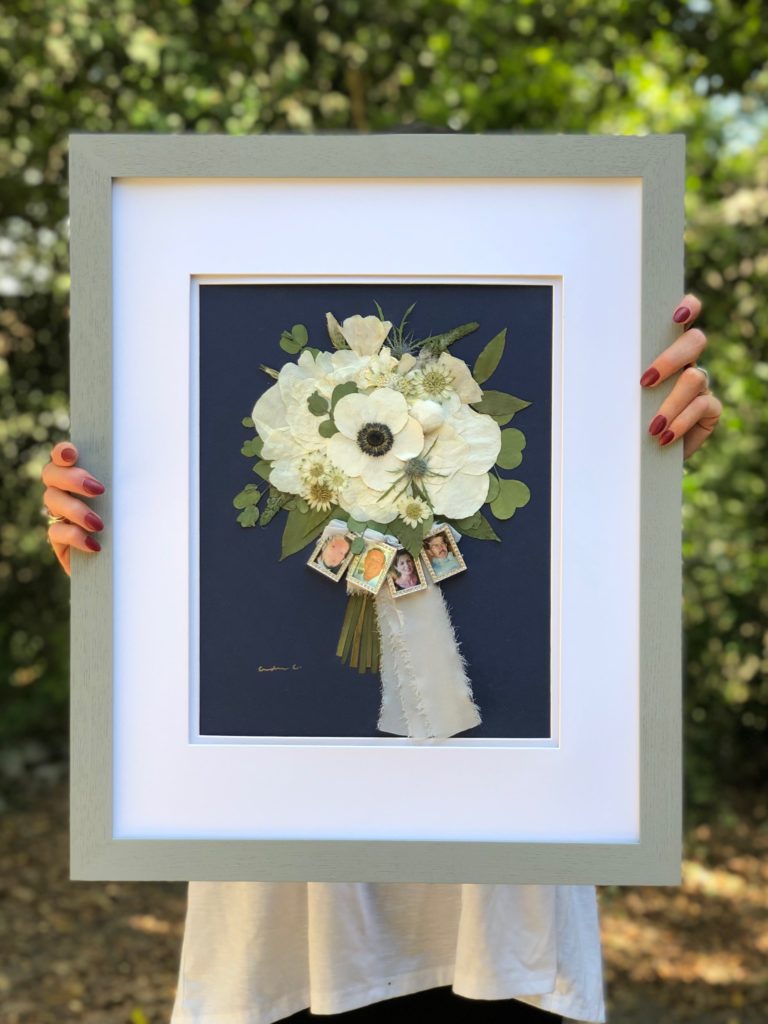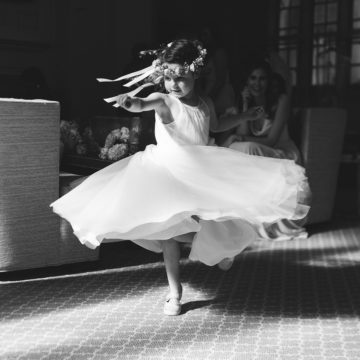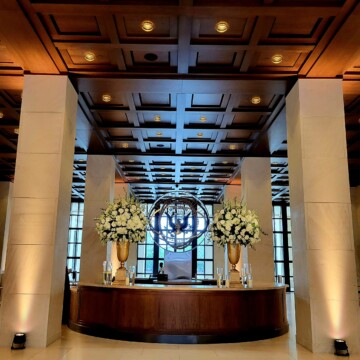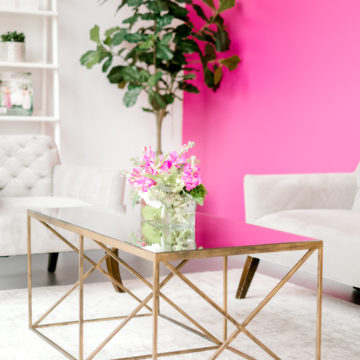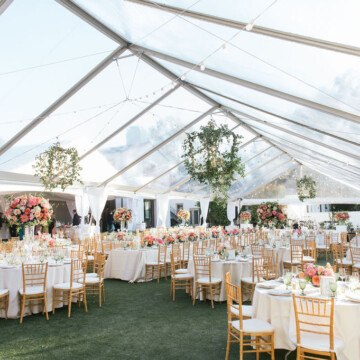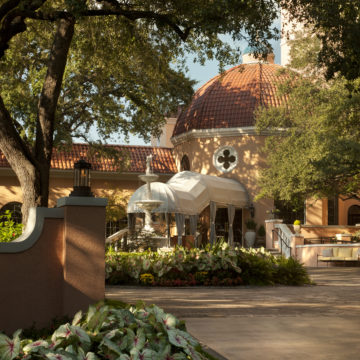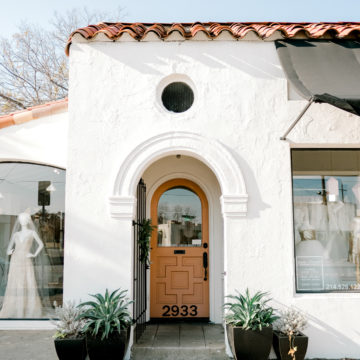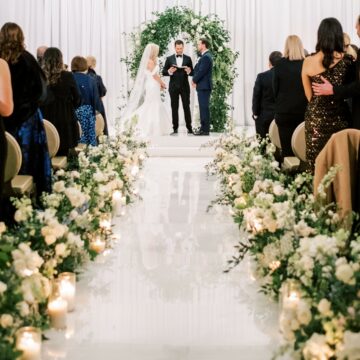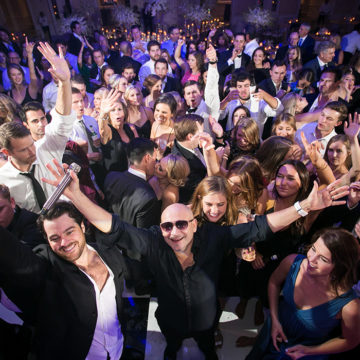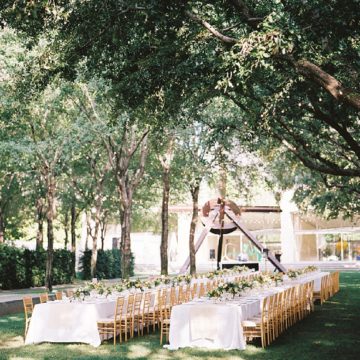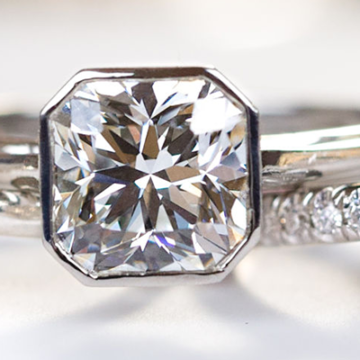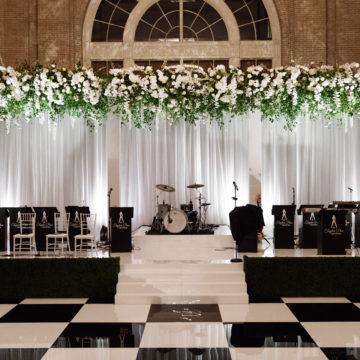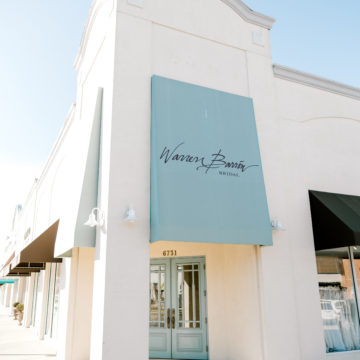
Andrea Castaneda first learned the art of pressing florals from her boyfriend Justin’s grandmother. Then on Valentine’s Day 2016, after Justin gave her a bouquet of flowers, Castaneda created her first solo design, pressing them into a frame. And thus, Designs by Andrea was born.
Although the company started small, she quit her marketing job and in January 2019, Castaneda began pressing wedding florals, which now makes up 95 percent of her business.
Castaneda advocates for the preservation of wedding flowers, whether it’s a bouquet, corsage, or boutonniere, because of the large amount of money spent on florals that just inevitably end up in the trash. And while Castaneda says wedding photos are an important way to remember all the details from your nuptials, pressed flowers are a sweet way to commemorate your day, too. “I believe a piece of art with your own flowers is just going to make a whole room stand out,” says Castaneda.
She also reminds us that if you feel that call to preserve your blooms, be sure to contact her right after you save your date. Oftentimes, couples inquire about pressing their wedding florals after their wedding, but florals can only be worked on within four days after the wedding, so pre-booking is necessary.
The Process
Once the flowers arrive, Castaneda begins by taking the floral arrangement apart, petal by petal, leaf by leaf, and placing them into the press. Once pressed, the florals are left untouched for two months.
After those 60 days, Castaneda begins to work her magic. The arrangement is rebuilt and then color enhanced—a step that most pressed-floral businesses skip. Castaneda emphasized the importance of color enhancing to avoid florals inevitably turning colors in three to four years. (White turns to ivory or brown, red turns to burgundy, while peach turns to bright pink.)
After adding pigment to each leaf and petal, which can take up to eight hours, the sealing process begins. A thermal blanket covers the flowers to preserve their freshness, and there you have it—Your pressed florals are ready. On average, Castaneda’s turn-around is anywhere from four to six months after the wedding.
Castaneda makes it her mission to avoid creating any more stress for a bride. The only information Castaneda needs during booking is the wedding date and the desired size of the piece. Then once the wedding is complete, Castaneda holds a 15-minute consultation with her clients to decide on the background color, frame options, and the orientation of the piece. This intentionally cuts out the stress of making additional creative decisions during the wedding-planning process.

Learn the Art
Along with pressing flowers into frames for others’ keepsake, Castaneda made it her mission to bring the practice back by teaching others the intricate artform through workshops. However, on February 9 from 3-5 p.m., Castaneda will be hosting her final class at The Dallas Arboretum, because after teaching so many her practices, competitors began popping up using her same techniques.
Castaneda admits she would love for everyone to learn how to press their own florals, but her years of experience are priceless. Oftentimes, brides reach out to Castaneda to recover wedding florals they attempted to press themselves, but most DIY-ed florals are too far gone for Castaneda to save. Castaneda recommends leaving it to the professionals when it comes to preserving something as precious as your wedding bouquet.
Details on the Last Workshop
There will be two parts to Castaneda’s Galentine’s Day Pressed Floral Class at The Dallas Arboretum. Part one will consist of Castaneda teaching attendees the basics of pressing florals with provided fresh flowers, and during second part, attendees are encouraged to get creative. Castaneda will provide pre-pressed florals and stencils to make a piece of art, a collage, or a silhouette.
